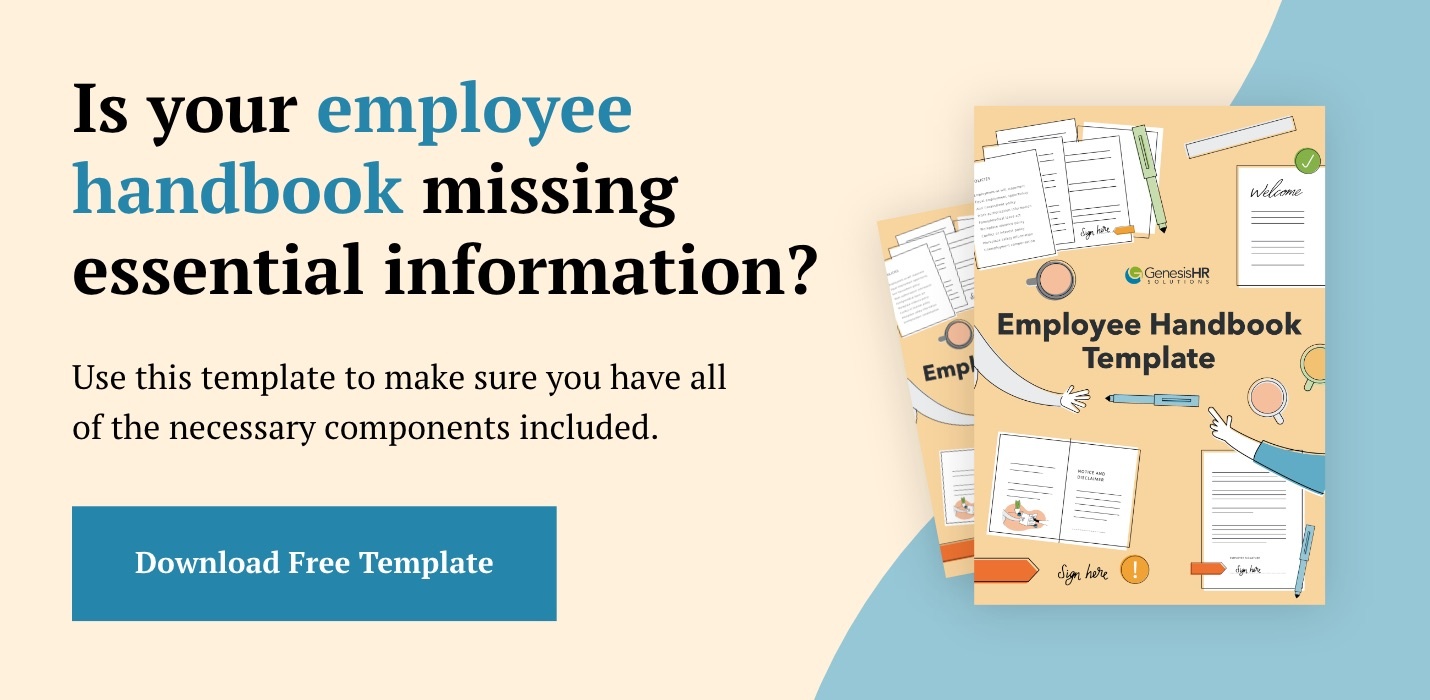In the event of a workplace emergency, a fast reaction is critical. Actions taken (or not taken) within the first few minutes of an unforeseen emergency event can sometimes mean the difference between saving a business, physical property, or even the lives of your employees.
To make sure you know what the “right” decisions are, your team needs an HR emergency management plan. In this article, we’ll walk through how to create an emergency management plan, what should be included within the workplace policies and procedures, and the benefits of emergency preparedness plans for workplaces.
The Importance Of Your HR Emergency Management Plan
A written, practiced HR emergency plan is vital to ensuring employees know what to do and how to react in unexpected situations. By writing out what messages should be communicated, how they should be shared, and who is responsible for relaying messages, you can protect employees and mitigate property damage.
In addition to protecting people and property, implementing an HR emergency management plan also has the following benefits:
- It keeps employees informed about the steps being taken proactively to keep them safe.
- It helps reduce fear and anxiety.
- It takes the guesswork out of where to go and what to do in the event of an emergency. When you share emergency plans at new hire orientations and in ongoing “reviews,” your employees won’t hesitate to react if they know the closest exits to their stations; who to contact within your facility in case of an emergency; and which emergency numbers they should be aware of (in addition to 911).
- It reduces the response time for first responders.
- It prevents losses. In emergencies that require evacuation (and in drills for practicing these evacuations), accounting and HR offices will know to close and lock their doors to prevent the theft of important information.
How To Create An Emergency Preparedness Plan
Based on my experience, as well as best practices and guidance from SHRM and Ready.gov, here are the four steps necessary for creating and implementing a successful emergency preparedness plan.
1. Do a risk assessment.
First, identify potential emergencies you may encounter. This will inform your resource requirements and help you actually create your plan.
2. Identify objectives for your plan.
From Ready.gov: “Consider goals and objectives for managing risk, investing in resources, establishing capabilities through training and exercising and complying with regulations. Consider both short-term objectives for the development of the program and long-term objectives that may require more significant planning or investment.”
These objectives should be both long and short-term. Examples include the following:
- Assessing your current preparedness program. (Short term)
- Asking public emergency services and regulators for input. (Short term)
- Upgrading your facility by installing a fire sprinkler system. (Long term)
- Conducting a full-scale exercise of your emergency management program involving public emergency services. (Long term)
Once you’ve established your objectives, you can begin sorting through the details of your emergency plan.
3. Define roles for your plan.
You can have an excellent plan, but if no one is assigned to execute specific parts of it, it will fall apart. At a minimum, make sure you do the following:
- Identify a group of people to serve as a call/relay team. If an emergency notification is sent out, these people are tasked with using the intercom to tell employees to evacuate the building.
- Make sure the facilities team is part of your emergency response. In addition to internal staff and emergency responders, your facilities team needs to know if an event occurs. For example, if a forklift hits a pillar and causes a collapse, facilities personnel need to know so they can adjust evacuation plans based on building structure. (They are also likely the only group that knows structural information.)
Your emergency response team could also use CPR-trained volunteers and volunteers trained to run AED machines. Often, organizations seeking volunteers realize they already have trained EMTs on staff who can step into their roles without significant additional training.
4. Test your plan.
Once you’ve established your plan and educated your team, test it. I recommend testing your plan at minimum once per year, or whenever modifications are made to the plan. Additionally, a review of the emergency management plan should be required for all new hires.
To test your plan, try to inform the least number of people possible within your organization. The goal of the drill is to make any holes in your plan visible so they can be addressed. You should, however, notify emergency personnel and responders that this is only a drill. (Your local emergency responders can help with this—they may also have requirements to follow in practicing your drills.)
Once you’ve tested your plan, be sure to evaluate the results and update the plan with any necessary corrective actions.
What To Include In Your Plan
The following should be included within the workplace policies and procedures of your emergency plan:
- A plan for IT to protect your company’s data. This should be more than just a backup server—ask your IT department to move data to the cloud, so if something happens to one (or multiple) servers, you can recover the entirety of your data.
- An updated list of your employees and their emergency contacts. (Build this into your new employee onboarding and your annual employee handbook review.)
- Details on locations of muster points
- Details on locations of emergency kits your response team can use for roll call. These boxes should include a list of employees for roll call (to identify if anyone is missing) as well as walkie-talkies for communication. All of this information should remain in the emergency kit.
- Information on and training for the use of fire extinguishers
- Information on and training for CPR, heart attacks, choking, etc.
- Information on and training for chemical spills
- Floor maps and evacuation plans (including different routes throughout buildings)
Additionally, your legal counsel should review the emergency preparedness plan for your workplace; also make sure to have an annual insurance review to ensure your company’s liability coverage is up to date and adequate.
Additional Resources
For general information about emergency preparedness and response in the workplace, visit the following websites:
- SHRM’s sample disaster preparedness and emergency management plans
- Ready.gov’s Emergency Response Plan
- Genesis’ Work From Home Policy Guidelines and templates
If you’d like help developing and customizing your company’s emergency plan, Genesis can help. As New England’s premier PEO, we assist our clients in all aspects of HR solutions—our partners get access to every solution we offer, from HR practices and policies, to benefits selection and administration, to compliance, payroll processing, and more. Learn about how a partnership with Genesis can serve you here with a free consultation.




